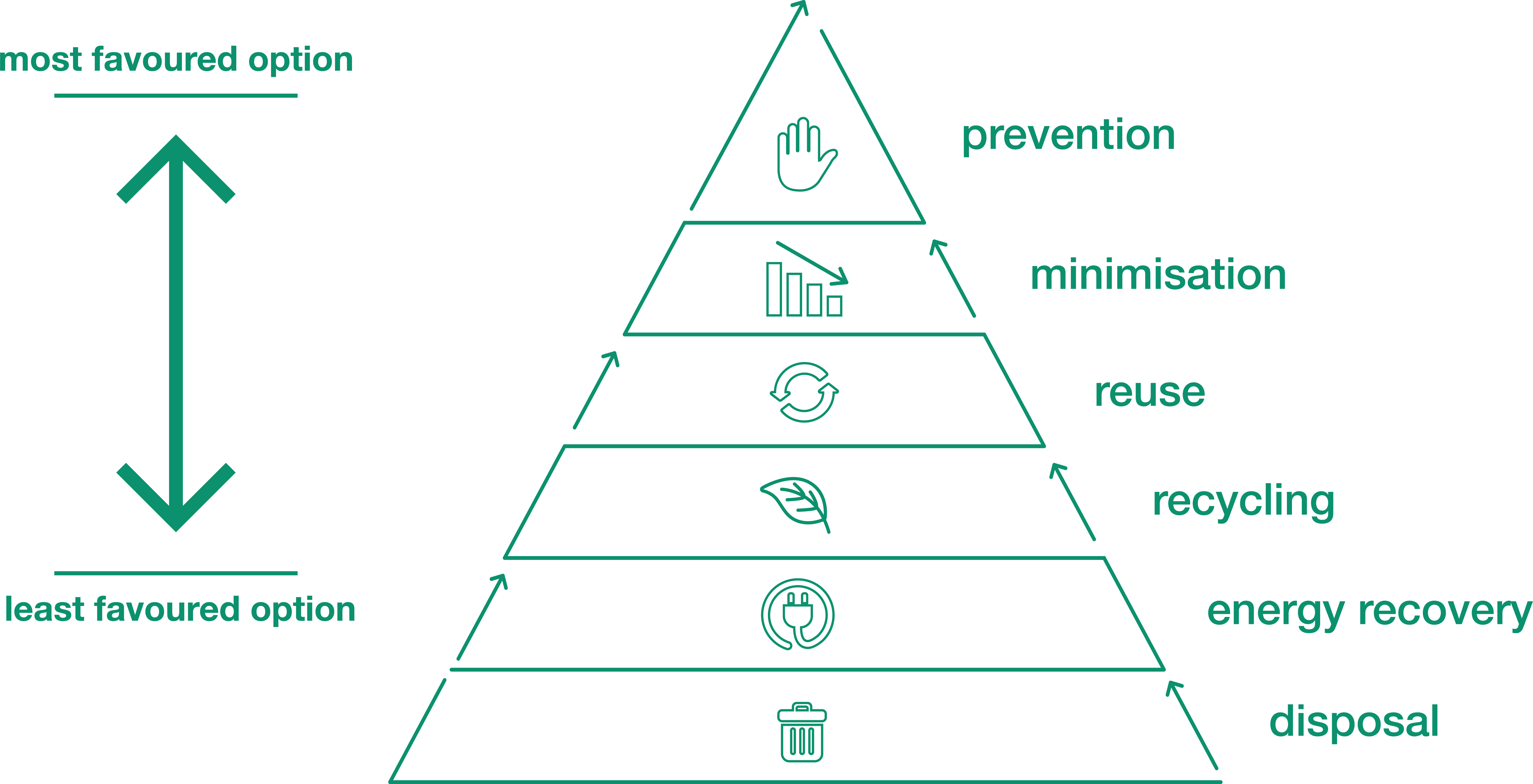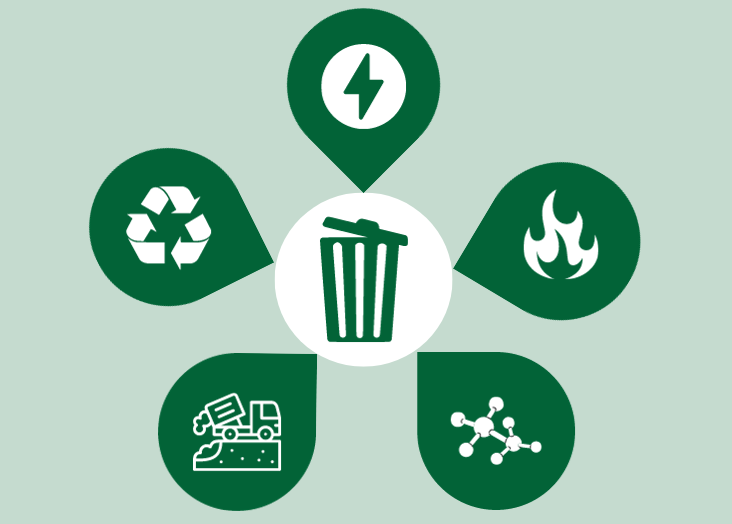Exactly How Recycling Lives Services Help Reduce Environmental Impacts
Exactly How Recycling Lives Services Help Reduce Environmental Impacts
Blog Article
Exploring Various Kinds Of Waste in Modern Waste Management Solution
The modern landscape of waste management includes browsing an intricate array of waste kinds, each calling for specialized handling and disposal methods to alleviate ecological impacts. Metropolitan solid waste, contaminated materials, digital waste, and natural waste each present unique obstacles and opportunities for resource healing. Cutting-edge services such as clever waste containers and waste-to-energy modern technologies are becoming vital devices in improving performance and sustainability. Understanding these waste types is important for cultivating public recognition and motivating energetic engagement in lasting techniques. What methods can effectively address these different kinds of waste while promoting a round economy?
Local Solid Waste
Municipal strong waste, commonly referred to as family garbage or waste, encompasses a range of thrown out products produced by residential, business, and institutional sources within a town. This waste stream generally includes things such as packaging, food scraps, yard trimmings, paper, plastics, fabrics, and discarded house products. The management of metropolitan solid waste is a vital component of urban planning and public wellness, necessitating reliable collection, transport, and disposal systems.
Effective waste administration systems are made to reduce environmental influence while maximizing source healing. This typically includes a mix of techniques consisting of composting, recycling, and landfilling. Recycling programs target products like paper, glass, metals, and particular plastics, diverting them from land fills and reintroducing them right into the manufacturing cycle. Composting natural waste, such as food scraps and yard trimmings, not just reduces garbage dump use yet also creates beneficial soil amendments.
Municipalities need to also address the economic and logistical difficulties connected with waste management. Applying pay-as-you-throw systems, improving public awareness, and spending in modern technology can significantly improve waste diversion rates. By integrating these techniques, districts can foster lasting neighborhoods, lower greenhouse gas exhausts, and save natural resources.
Hazardous Waste

Effective harmful waste management includes numerous vital actions: identification, therapy, segregation, and disposal. Recognition involves the classification of waste based on its dangerous buildings. Segregation makes sure that unsafe materials are kept separately from non-hazardous waste to avoid cross-contamination. Treatment methods, such as chemical neutralization, incineration, and stablizing, are used to reduce the toxicity, volume, or mobility of the waste. Disposal alternatives, consisting of secure garbage dumps and underground storage space, are selected to ensure long-term containment.
Regulative frameworks, such as the Source Preservation and Healing Act (RCRA) in the United States, provide standards and criteria for contaminated materials monitoring. Adherence to these policies, coupled with advancements in waste therapy technologies, is important in mitigating the threats related to hazardous waste.
Digital Waste
Electronic waste, commonly described as e-waste, represents a rapidly expanding challenge in waste monitoring systems internationally. This kind of waste incorporates thrown out digital devices and tools such as mobile phones, computers, tvs, and other digital appliances. The fast speed of technical innovation, coupled with lowering product life-spans and consumer need for the most current devices, has actually tremendously raised the quantity of e-waste generated each year.
E-waste is especially problematic because of its complex make-up, commonly consisting of unsafe substances like cadmium, mercury, and lead, which position considerable ecological and health and wellness dangers if not correctly taken care of. On the other hand, e-waste additionally contains useful materials such as copper, silver, and gold, which can be recovered and recycled. The double nature of e-waste-- both important and hazardous-- necessitates customized handling, recycling, and disposal procedures.
Reliable e-waste management involves strict you can find out more regulative structures, durable collection systems, and progressed reusing technologies. Public awareness and participation are critical, as inappropriate disposal techniques, such as prohibited dumping and informal recycling, exacerbate environmental contamination and health and wellness threats. Improving e-waste management practices is important for alleviating ecological impact and recouping valuable sources in an increasingly electronic globe.

Organic Waste
Organic waste, consisting of cooking area scraps, backyard trimmings, and agricultural deposits, represents a substantial portion of the international waste stream. This sort of waste is eco-friendly, indicating it can be damaged down by microorganisms right into simpler natural compounds. In spite of its possibility for natural decomposition, incorrect monitoring of organic waste can bring about unfavorable ecological influences, consisting of the exhaust of greenhouse gases such as methane, which add to environment modification.
Reliable monitoring of organic waste is important for reducing these ecological influences (recycling lives services). Composting is a widely embraced technique, changing natural waste right into nutrient-rich garden compost that can enhance soil health and wellness and agricultural productivity. Furthermore, anaerobic food digestion is an arising technology that converts natural waste right into biogas, an eco-friendly power resource, and digestate, which can be made use of as fertilizer
Municipalities and waste management entities should apply durable organic waste collection and therapy programs to make best use of the advantages of these procedures. Public education and learning campaigns can additionally play a critical function in encouraging families and services to different natural waste from various other types of waste. By prioritizing the monitoring of natural waste, societies can decrease landfill use, lower greenhouse gas discharges, and produce useful by-products for farming use.

Innovative Waste Management
In the world of waste administration, ingenious methods are transforming how cultures manage their refuse, intending for sustainability and effectiveness. One famous advancement is the application of clever waste containers furnished with sensors that keep track of fill levels and maximize collection routes.
An additional noteworthy development is the fostering of waste-to-energy (WtE) technologies. By transforming non-recyclable waste right into usable energy via procedures such as incineration and anaerobic food digestion, WtE lowers garbage dump problem and gives a renewable power resource. Improvements in chemical recycling allow for the failure of complicated plastics right into their initial monomers, allowing the production of new, top quality plastic products.
Moreover, the useful site circular economic situation design is gaining traction, stressing the design of items and systems that prioritize reusability and source efficiency. This alternative approach motivates sectors to decrease waste generation from the beginning. With these cutting-edge approaches, contemporary waste management systems are not just dealing with the prompt obstacles of waste disposal but additionally leading the way for a much more lasting future.
Conclusion
A comprehensive understanding of local strong waste, hazardous waste, digital waste, and natural waste, paired with the application of cutting-edge waste monitoring solutions, is imperative for alleviating ecological impacts. Integrating innovations such as clever waste containers and waste-to-energy systems can boost efficiency and sustainability. Reliable waste management approaches not just foster resource recovery yet also promote public awareness and participation, ultimately adding to the development of a round economic climate.
The contemporary landscape of waste monitoring involves browsing a complicated range of waste kinds, each requiring specialized handling and disposal approaches to reduce environmental effects. Metropolitan solid waste, hazardous waste, digital waste, and natural waste each existing distinct difficulties and possibilities for resource recuperation.Electronic waste, commonly referred to as e-waste, stands my blog for a swiftly growing obstacle in waste administration systems internationally. Through these cutting-edge techniques, contemporary waste monitoring systems are not only attending to the instant difficulties of waste disposal but additionally paving the means for a much more lasting future.
A detailed understanding of community solid waste, unsafe waste, electronic waste, and natural waste, coupled with the execution of ingenious waste monitoring solutions, is vital for alleviating ecological impacts. (recycling lives services)
Report this page